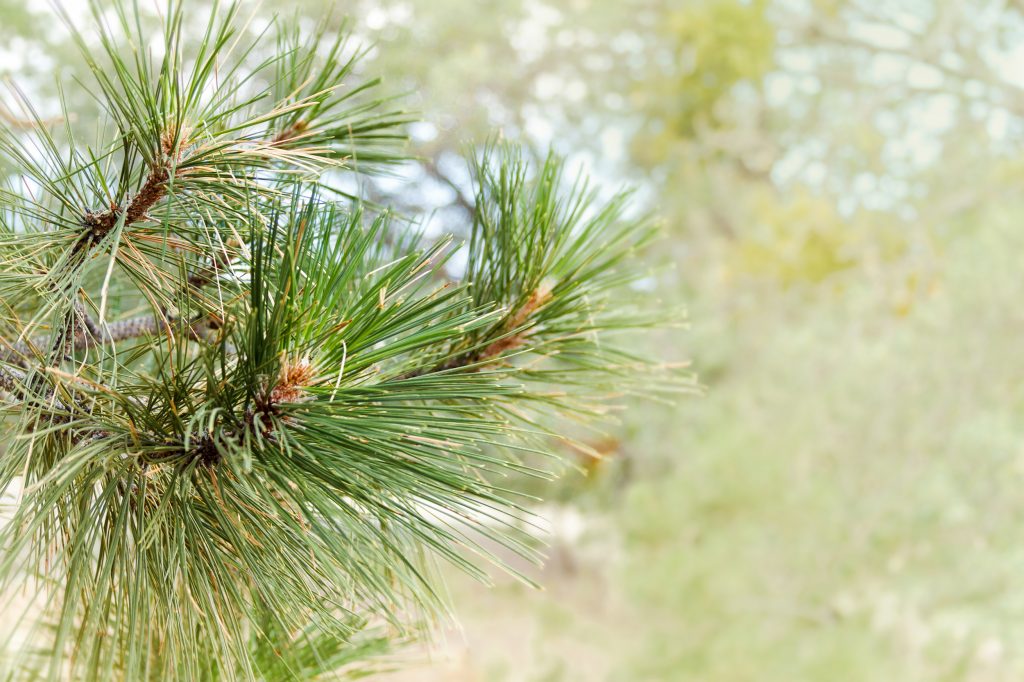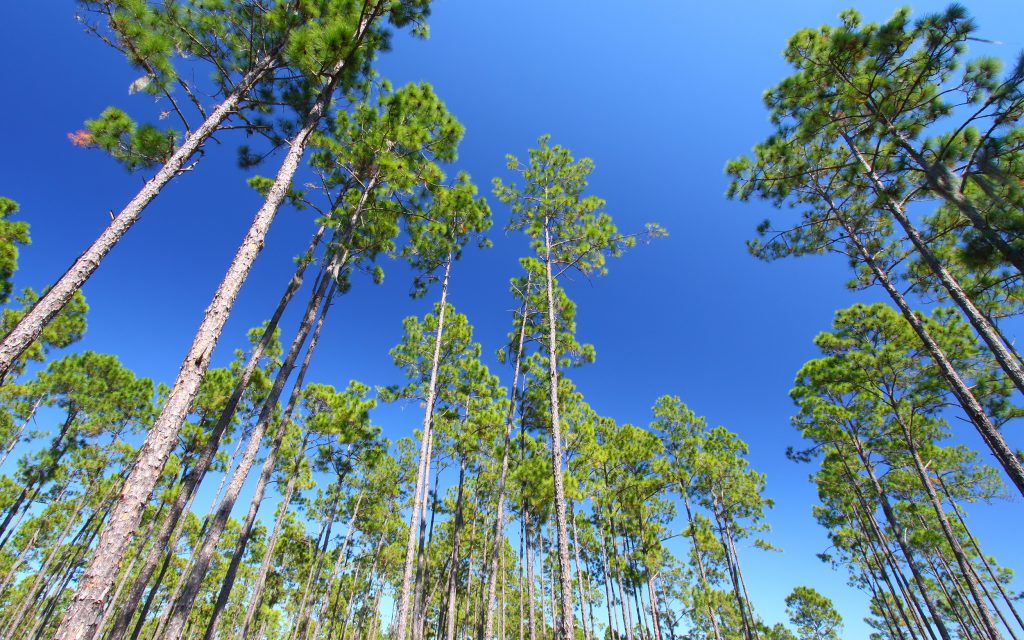A study on the historical trends in the forest industry of the US South, carried out by supply chain consultancy Forest2Market, and commissioned by Drax Group, the National Alliance of Forest Owners and the U.S. Endowment for Forestry and Communities, found that over the last 60 years, as demand for forestry products has increased, the productivity of the area’s forests has increased too. In short, the more we’ve come to use them, the more forests have grown.
A forest is not like a mine – there is not a finite amount of wood in the ground that disappears when it is extracted, never to return. Forests are a renewable resource that can be replanted, improved, and harvested for as long as the land is managed responsibly.
What’s more, landowners have a strong financial incentive to not only maintain their holdings but to improve their productivity – after all, the more of something you have, the more of it you have to sell. It is an economic incentive that works.
Six decades of growth
The Forest2Market report found that increased demand for wood is statistically correlated with more annual tree growth, more wood volume available in the forest, and more timberland.
For example, between 1953 and 2015, tree harvests increased by 57%, largely driven by US economic growth and increased construction. Over the same period, annual wood growth increased by 112%, and inventory increased by 108%. In total, annual growth exceeded annual removals by 38% on average.
Annual forest growth in the US South increased from 193 million cubic metres in 1953 to 408 million cubic metres in 2015. Inventory increased from 4 billion to 8.4 billion cubic metres.
The forest products industry funded private-public research projects to enhance the quality and performance of seedlings and forest management practices to ensure a stable supply of wood. Because of these efforts, landowners saw the value of active management techniques, changing their approach to site preparation, fertilization, weed control, and thinning, and the use of improved planting stock. Healthy demand made it easy for landowners to take a long-term view, investing in more expensive management practices up front for greater returns in the future. And the results were extraordinary: seedlings established in the last 20 years have helped plantations to become nearly four times as productive as they were 50 years ago.
A changing market
Markets for wood have changed over the last two decades, precipitated by decreased demand for writing paper and newsprint, increased demand for absorbent hygiene products and containerboard and increased demand for biomass. These changes in demand have not impacted the way that landowners manage timberland, however. As sawtimber (the largest trees in the forest) remains the most valuable timber crop, it also remains the crop the landowners want to grow. Pulpwood is harvested from the forest only when the forest is being thinned to create optimal conditions for growing sawtimber or when sawtimber is harvested and the forest is being cleared for replanting.
Pellet production has expanded rapidly in the US South, though its overall footprint is still small in comparison to more traditional forest product industries.
In some local wood basins, however, like the one surrounding Bastrop, Louisiana (the location of one of Drax’s US production facilities), the use of biomass to create pellets has filled a gap left by the closure of an 80-year old paper mill. Drax’s decision to locate in this area is integral to supporting forest industry jobs and landowners who carefully consider local demand when deciding whether to continue growing trees.
According to Tracy Leslie, Director of Forest2Market’s biomaterials and sustainability practice, “As history has shown, forests in the US South have benefitted from increased demand for all types of wood. The rise of the pulp and paper industry did not detract from landowner objectives to maximize production of higher value sawtimber nor did it result in a shift in focus to growing only pulpwood. This new demand did, however, provide landowners with important interim and supplemental sources of income. Forest2Market’s research shows that an increase in demand for pellets will have the same effect, incentivizing landowners to grow and re-grow forests, increasing both forest inventory and carbon storage.”

The real threat to forests
Not only does demand for forest products increase the productivity and carbon storage of forests and provide an incentive for landowners to continue growing trees, but it also helps counter factors that irrevocably destroy this natural resource. The real threat to forests in the US is not demand for wood, but urbanisation. Nearly half of all US forestland that converted to another use between 1982 and 2012 was cleared for urban development.
Commercial forestry protects forested lands from development; between 1989 and 1999, just 1% of managed pine plantations in the US South were cleared for non-forest development compared to 3% of naturally-regenerated forest types.
Urbanisation, not the forest products industry, places the most pressure on forests in the US South. Forest2Market’s findings demonstrate that demand associated with healthy timber markets promotes the productivity of forests and mitigates forest loss by encouraging landowners to continue to grow, harvest, and regenerate trees.
Read the full report: Historical Perspective on the Relationship between Demand and Forest Productivity in the US South. An At A Glance version plus an Executive Summary are also available as a separate documents.












